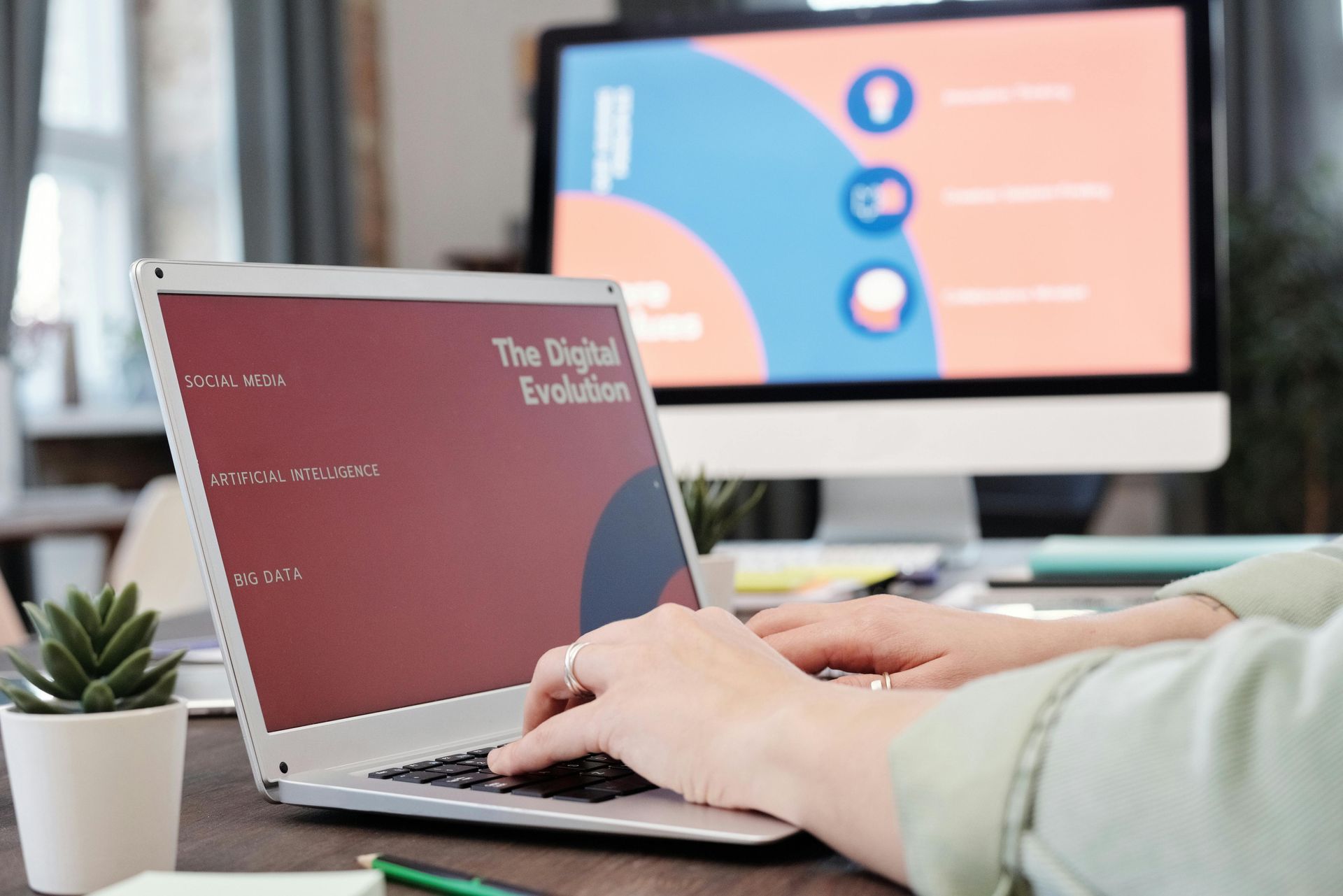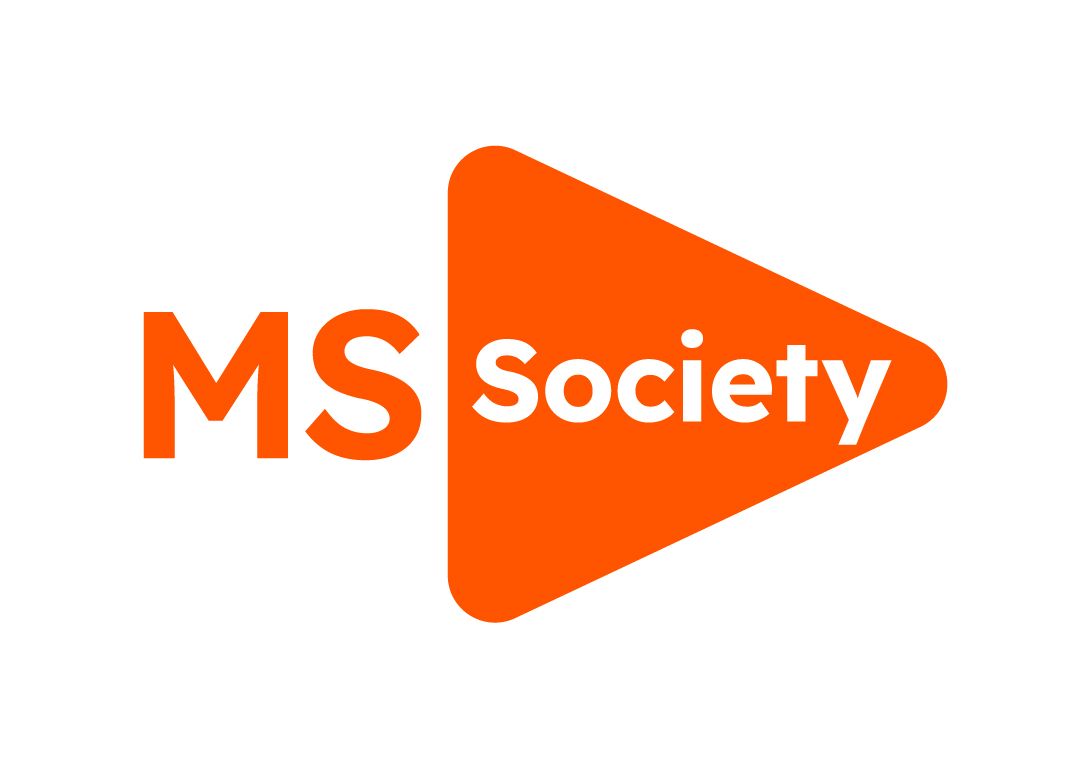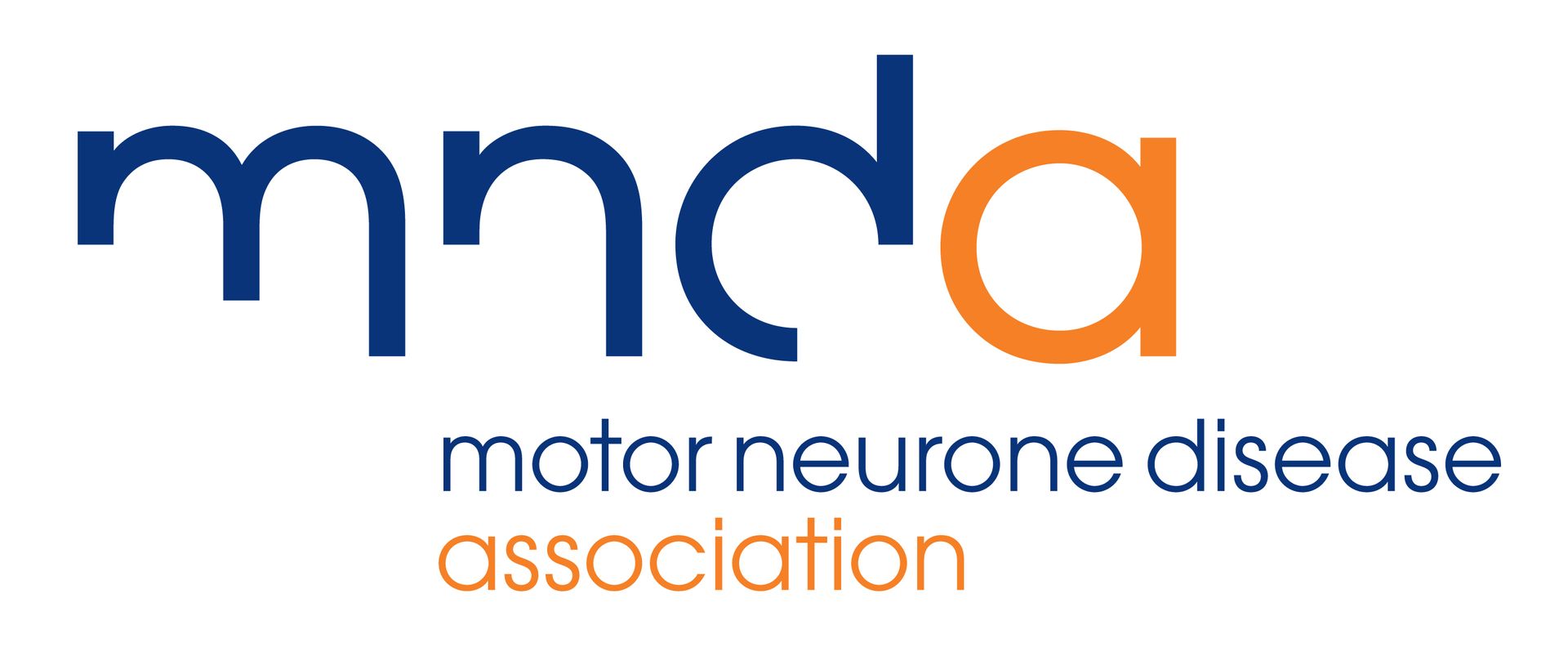Email Deliverability
Understanding the difference between Cadence and Spamming
Cadence refers to the appropriate frequency and content of emails that engage your contacts. Spamming, on the other hand, involves sending poorly targeted, uninteresting, and untimely emails. Segmentation and targeting are crucial to maintain the relevancy and timing of content. Cadence wins in terms of effectiveness, as it helps build engagement and improve communication with the right people at the right time.
It's important to note that the practice of sending batch-and-blast emails has become outdated in recent years. AI processes most emails and companies like Microsoft and Google own the major email software platforms. Your email reputation matters, as a high reputation score will increase your email campaign's approval rate, while a poor reputation could lead to blacklisting by these email deliverability software companies.
How to spot a delivery problem?
- Spam bot clicks (IOS 15)
- High spam bounce or soft bounce
- Low engagement
F24's dashboard offers an evaluation of email inboxes and their providers. The dashboard reveals the overall health of your emails, and if there are any issues, you can determine the source by looking at the performance across different email inboxes. If the open rate is low on Google, it could be due to factors such as content, segmentation, or design. If Google is experiencing an issue, it's likely that Microsoft will face similar problems in the near future. With the new IOS 15 update, Apple now opens every email sent, even if the recipient didn't open it themselves. Google also has a postmaster tool that provides insight into the reputation of your email's open rate, classified as low, average, or high.
Tighten up segmentation
To enhance relevance, segmentation is crucial in achieving high deliverability and relevant content. Decrease unsubscribes by maintaining your subscriber base.
Instead of sending fewer lengthy emails, send more frequent but shorter ones to engage your audience and maintain the relevancy of your brand.
Be engaging!
Mark Marketers tend to cram too much information into an email to appeal to various audiences. It's more effective to divide emails into segments, similar to managing social media, with concise, high-impact messages rather than sending a lot of content all at once. You can also choose to hold onto content and send it in a single email blast, making sure the information is timely and tailored to the recipient.
In case of any delivery issues, it's advisable to revert to the warm-up process. This involves:
- Sending a small volume of highly engaging emails
- Gradually increasing the volume by easing the restrictions
- Finally, reaching your normal pace and sticking to it.
What can you do to improve deliverability?
Sending less is more effective than sending more, in terms of boosting the search engine's relevancy for SEO emails. This will enhance your reputation on platforms like Microsoft and Google, hitting the ideal balance.
To avoid being marked as spam, it's crucial to focus on one clear message. Stick to one topic and a cohesive narrative, instead of multiple unrelated elements that may distract the audience and detract from the main purpose of the email.
When a computer reads an email, it parses the information, going down the page. An excessive number of links in an email may give the appearance of a phishing email.
What is a good level of open rate?
F24 anticipates a 40% or higher open rate, with a goal of reaching 50-60%. To improve the open rate, it's recommended to clean up the list of individuals who don't regularly open emails. This will increase the overall open rate.
Data health
To maintain a consistent mailing policy and make necessary improvements, it's important to establish clear guidelines. F24 follows a 30-45 day policy. Only obtain data from a trustworthy source, and strike a balance between targeting high engagement segments and lower-quality contacts.


























